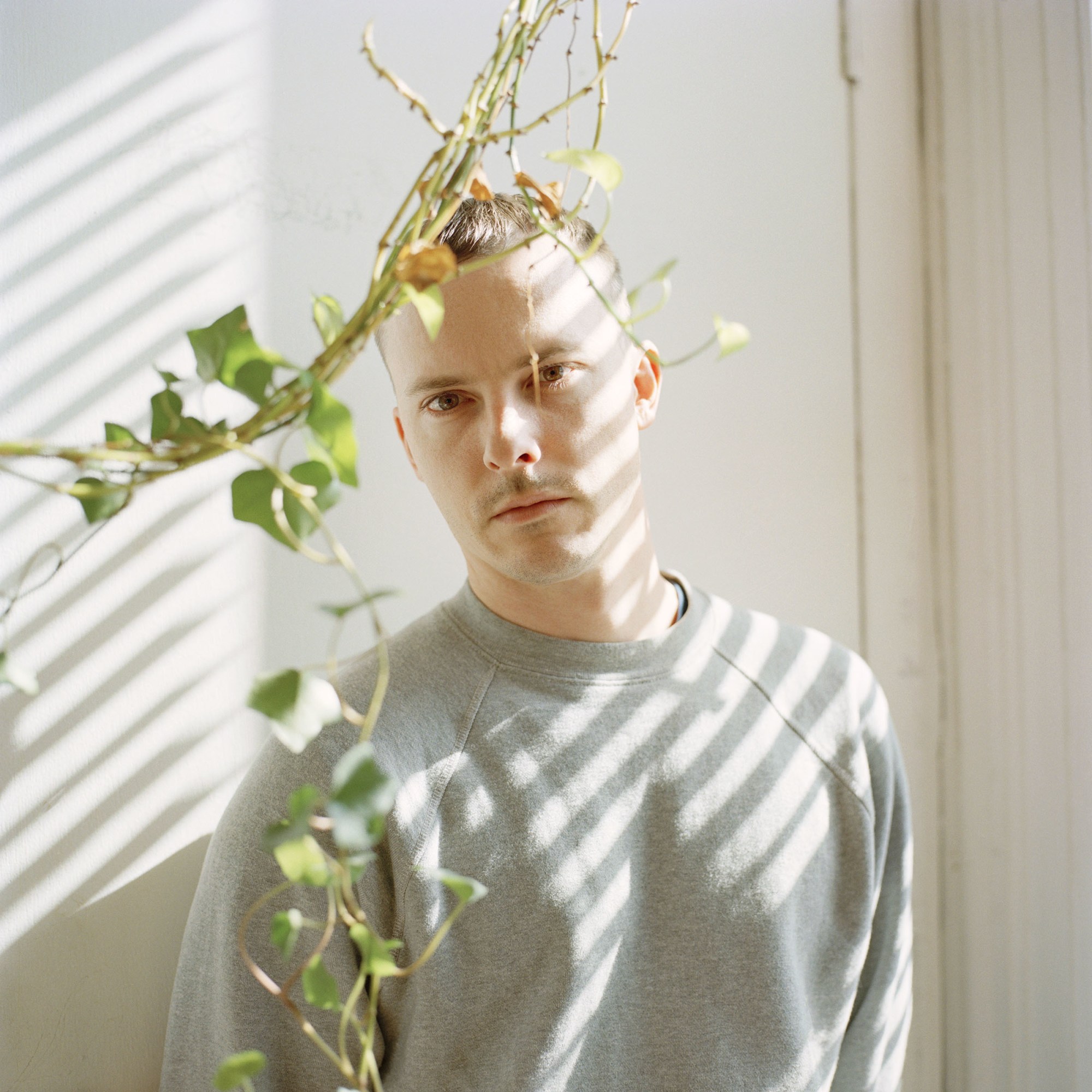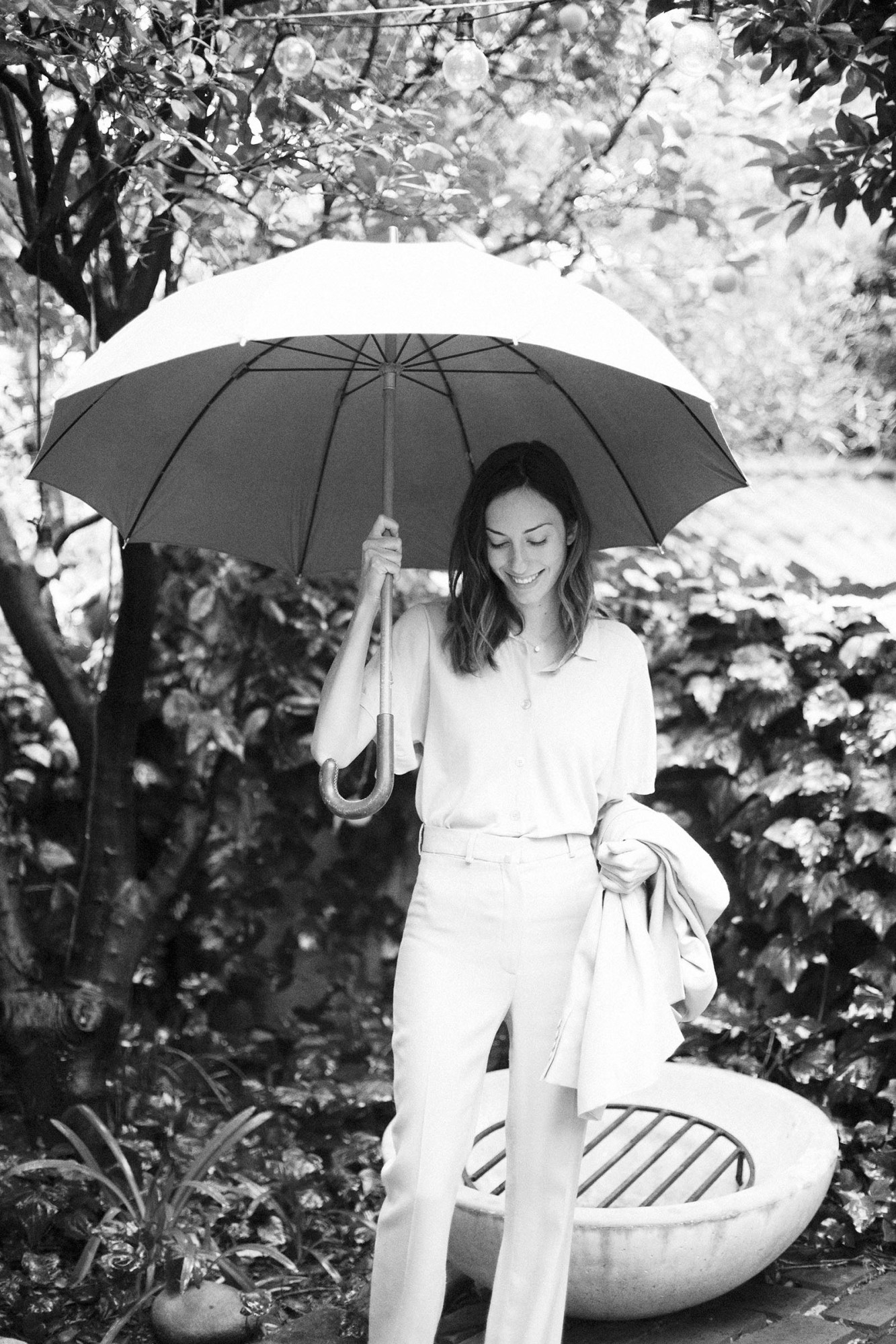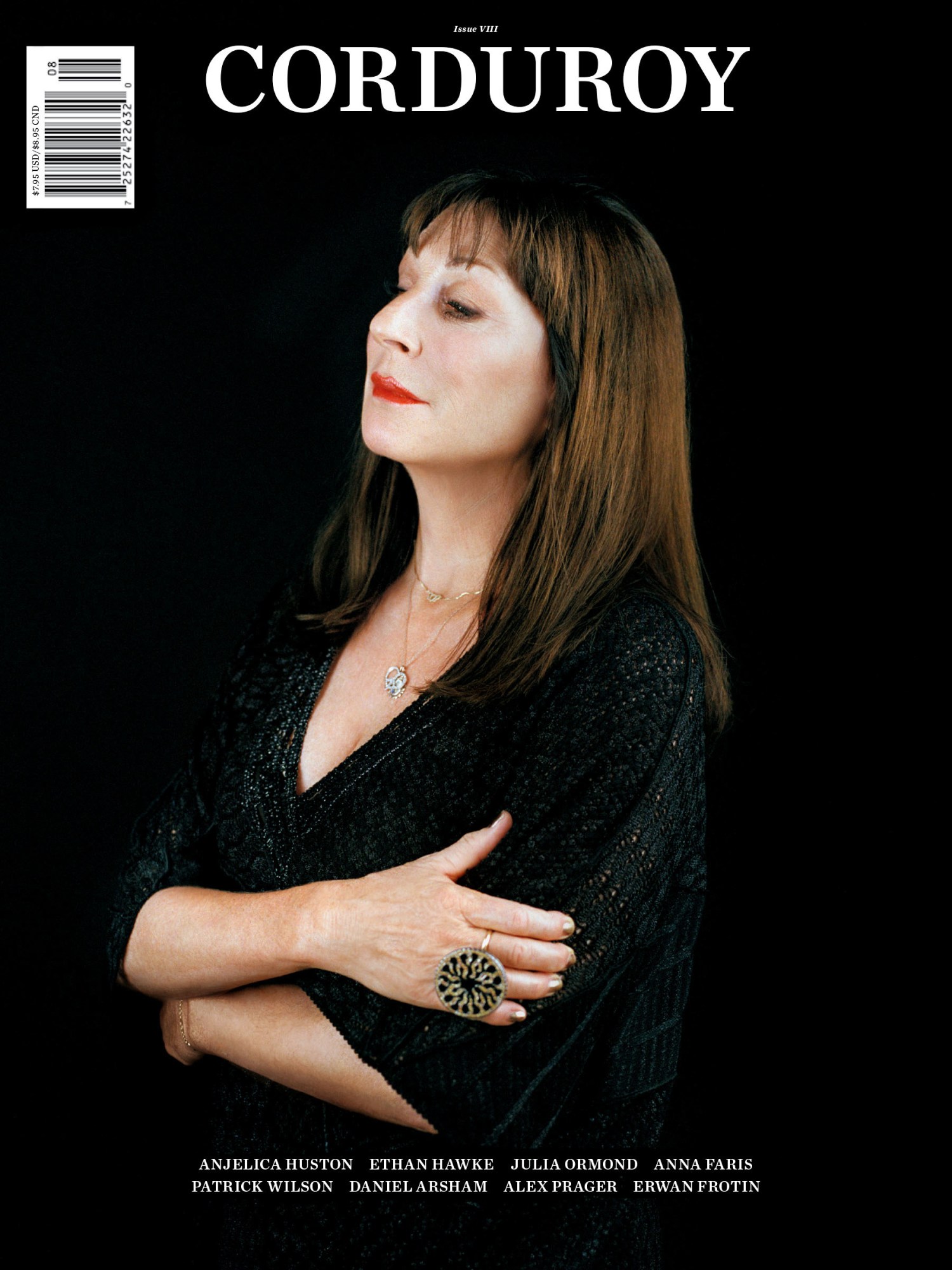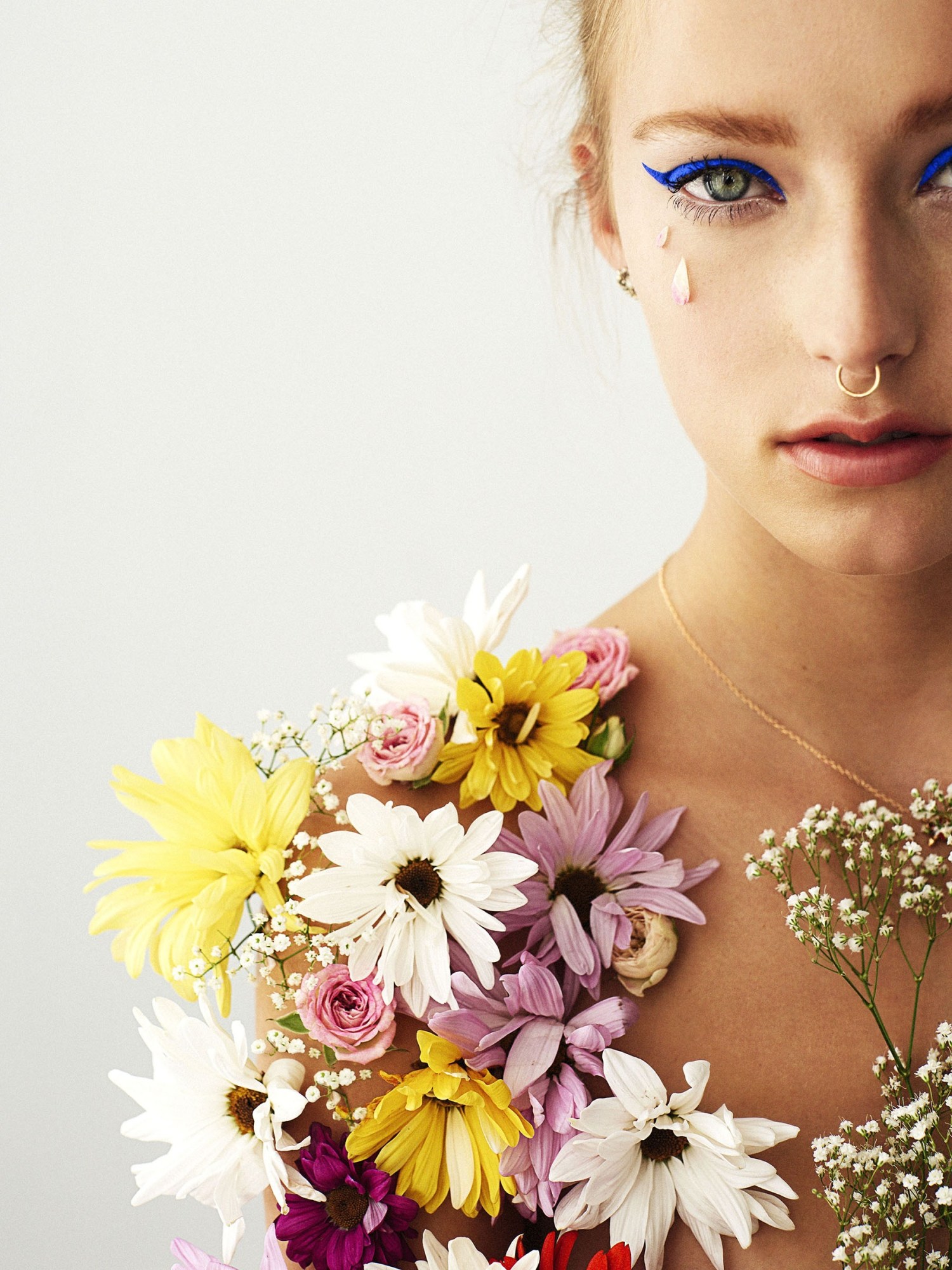I used to make excuses a lot when I was a kid, for why something didn’t happen, or why it happened the way it did. Instead of owning up to my mistakes, or devoting the time and energy into making something work, I would blame others, or feel defeated before even trying. One afternoon, towards the end of eighth grade at my tiny elementary school in a small town north of Toronto, my principal called me into his office for a little pep talk. “Tim,” he said, calmly, “You have the potential to do big things in the future. I just want you to remember these ten, two-letter words: If it is to be, it is up to me.” Ten, two-letter words. I’ve been reciting them ever since.
* * *
Everybody always asks me how I started my own magazine, and well, the short answer is: I just did it.
Bucking everything we learned about in school, we didn’t devise a business plan or do market research or seek investors. In hindsight, that might have helped us get off the ground quicker, but a part of me also thinks that would have scared me from starting a magazine at all. With all the talk of content moving online, starting a print magazine probably wasn’t the smartest idea. But that’s what makes this story so exciting. With equal parts naiveté and earnest enthusiasm (and okay, hopefully a little talent too), we were able to launch a magazine that’s now sold around the world and still up and running today.
What I do and why I do it…
I’m the editor-in-chief of Corduroy, an independent arts and culture magazine based out of Los Angeles and New York. I started Corduroy with a friend back in 2008, and we’ve been releasing issues annually ever since.
Though my title is listed as “editor-in-chief,” I’m responsible for the entire operation of the company, from planning the editorial rundown and booking talent, to negotiating with retailers and setting budgets. When we first started, I did most of the writing for each issue. These days, I have a team of contributors that I use, which frees me up to actually plan, copy edit and approve what makes it into the magazine.

How I got here…
My friend Peter (Ash Lee, Corduroy‘s co-founder and creative director) and I both moved to New York after college. He went to photography school, and I completed a masters degree in journalism. We were both broke grad students, so we used to spend our free time reading magazines at the Barnes & Noble in Union Square. I’ve always loved magazines. There was something exciting and personal about choosing a magazine from the store and then curling up on the couch or bed to pore over its pages. I contributed to a few local publications when I was younger, and even self-published a couple zines, but I always knew that I wanted to start my own, full-fledged print magazine when the time was right.
It turns out Peter had the same goal. As an up-and-coming photographer, he wanted a creative outlet for his work, and he too, romanticized this idea of running his own publication one day.
You always wait for the perfect moment in life to make something happen, but for us, it was remarkably unrefined. We sort of turned to each other at Barnes & Noble one day and said, “Should we start a magazine?” And that was really it. We spent the next two hours pulling different magazines off the shelf and compiling a list of what we liked and didn’t like about each one. I had zero connections in the industry, so I copied down as much information as I could from the various mastheads, and then went home and cold-called printers and distributors to find out how much it would cost to produce something of our own.
Once we got an estimate, we saved up some money and took out a small business loan for $10,000. I think my grandmother gave me $500. We settled on the name Corduroy – we wanted something that rolled off the tongue easily and Tweed just didn’t cut it – and we registered as a business. And then we got to work.

A day in my life…
The great thing about working for yourself is that every day is different. If we’re doing a photoshoot, I’m usually on set pretty early, just to make sure everything is set up and that we’re ready to go as soon as people arrive. Because Corduroy is my magazine, I’m responsible for every detail of the shoot, from booking hair and makeup, to ordering catering or getting a car to bring the talent to set. Once the shoot starts, I’m bouncing around between the publicists and stylists to make sure everyone is happy, while also prepping my questions if I’m doing the interview afterwards.
If I’m not on-set, I’m usually up by 9 (I’m not a morning person), and going through emails with a large coffee in hand and some sort of random YouTube video or clip from the previous night’s talk shows running in the background.
After I’ve replied to all the urgent emails, I’ll FaceTime with my team in New York to go over any pressing deadlines and to do a daily brainstorm. We’ll come up with ideas for the next issue, go over pitches from publicists and managers, and review any marketing or sales initiatives that we’ve put in place for the week. I try to make lunch at home, because my afternoons and evenings are usually spent out at meetings or attending events. Most of my friends and I all live off the same street in West Hollywood. and there’s a great bar near us called The Churchill that does $1 craft beers on the first Monday of every month. We have a standing invitation in our Google calendar so those nights are almost always booked off.
I do my best writing at night, when there are no distractions on TV or Instagram. My most productive writing hours are from 10pm-2am.
The moment that made me…
People say that as soon as you feel like you’ve “made it,” it’s time to start something new. Still, there are two moments that really stand out to me. The first, was finally seeing Corduroy available for sale. There used to be this little magazine store in SoHo near Broadway and Spring, and I remember walking in every day for a week to see if they had received a shipment from our distributor. When I finally saw Corduroy there, sitting on the shelf alongside other magazines that I admired, there was an overwhelming sense of pride and accomplishment. It was also the first time I felt legitimized, like this was a real print magazine that we produced, and people could actually pick it up and buy it.
The second moment was also pretty memorable. After we put out our first couple of issues, we got a lot of positive feedback and compliments. And maybe we were a little brazen (or more likely, just green), but we sent a copy in the mail to Graydon Carter at Vanity Fair. We included a handwritten note about who we were (referencing our shared Canadian roots) and told him how much we admired his work. To our surprise, Graydon wrote us back, saying that he was “blown away” by the magazine.
The day I read that email from Graydon Carter was the day I knew we had something special going on. I felt at once validated and inspired to keep working hard, both on building Corduroy and on building my own career in the industry.

What I wish I knew then that I know now…
No matter how much of a “passion project” or “artistic endeavor” it is, you have to treat your magazine like a business. Look ahead to the future and try to plan two, three issues down the line, so you set yourself up on a path for success. It’s the same for any industry, really. Think about how many young designers you see at New York Fashion Week who aren’t there a season later. They’ve spent all their efforts and money on that one show, and they’ve forgotten to think about what to do once the show is over.
Advice for aspiring editors…
Know your brand. Once you find it, own your brand.
A big-name publicist once told me that everything I wore, said and did moving forward had to represent Corduroy. I couldn’t pitch a cover story on Anjelica Huston or sell an ad to Ferragamo if I didn’t love Prizzi’s Honor (okay, The Life Aquatic with Steve Zissou) or if I wore flip-flops and T-shirts all day. Fortunately, I didn’t have to do much changing, because Corduroy was just an extension (read: elevated version) of my personal interests and aesthetic.
From our first few “meetings” flipping through magazines at Barnes & Noble, we had a clear idea of what we wanted Corduroy to be about. We wanted it to feel contemporary but not trendy; we wanted to highlight people who were under the radar rather than over-exposed; and we wanted a platform to combine my interests in fashion and pop culture, with Peter’s interests in photography and art. There were a handful of independent magazines around when we started, but none of them felt accessible. They were either too subversive or too niche. We wanted our magazine to feel comfortable and approachable, easy to read and easy to appreciate.
The best compliment I get is when people see something and tell me that, “it feels so Corduroy!” It’s a compliment because it means we’ve created a voice and feeling around the brand. If you’re an aspiring editor, I encourage you to spend some time honing in on what your unique voice and brand will be.
I’m excited by tomorrow because…
Corduroy has opened up a lot of doors for me in the industry, both in terms of other writing jobs and also consulting gigs for a number of fashion and lifestyle brands. The magazine has become my calling card and portfolio, and I’m grateful for all the people I have met and all the opportunities that I’ve had since starting it all those years ago.
Credits
Text Tim Chan
All images courtesy Corduroy
